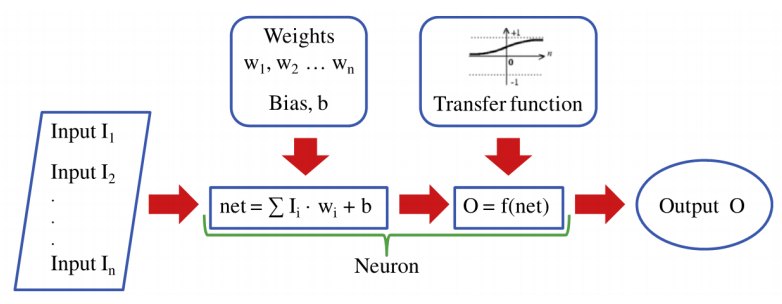Hung, Jeffrey1; Cruz-Noguez, Carlos2, and Zhao, Ruihan3
1 M.Sc. Student, University of Alberta, 116 St & 85 Ave, Edmonton, AB, Canada, jrhung@ualberta.ca
2 Assistant Professor, University of Alberta, 116 St & 85 Ave, Edmonton, AB, Canada, cruznogu@ualberta.ca
3 Undergraduate Student, University of Alberta, 116 St & 85 Ave, Edmonton, AB, Canada, ruihan@ualberta.ca
ABSTRACT
The behaviour of partially grouted masonry (PG) shear walls is complex, due to the inherent anisotropic properties of masonry materials and nonlinear interactions between the mortar, grouted cells, ungrouted cells, and reinforcing steel. Since PG shear walls are often part of lateral force resisting systems in masonry structures, it is crucial that its shear behaviour is well understood, and its shear strength is accurately predicted. This paper presents the development of an ANN model for analyzing the shear strength of PG walls. Artificial neural networks (ANN) have the unique ability to address highly complex problems and the potential to predict accurate results without a defined algorithmic solution. By providing an ANN with a dataset of multiple inputs and a corresponding output, it can be trained to determine the weighted effect of each input parameter and describe nonlinear relationships that may exist among the variables. ANNs have also shown success despite noisy, inconsistent, or imprecise input data. An experimental database of PG shear walls is used as input for the ANN analysis model. Finite element modelling (FEM) is used to address gaps in input values which exist in the database. The effect of previously unaccounted parameters in code-based approaches is discussed, as well as the influence of different types of ANN analysis options and input size on the model predictions. The ANN model results are compared against leading design codes in North America (CSA S304.14) to predict the in-plane shear strength of PG shear walls.
079



